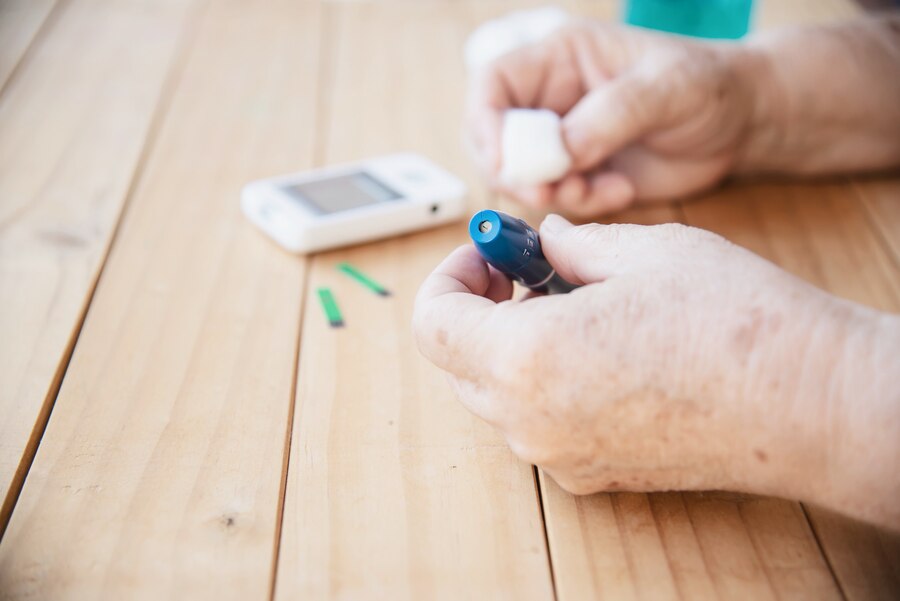Introduction
Sleep apnea is a serious condition that can significantly impact your quality of life. If you’re wondering whether you have it, this article will guide you through the symptoms, risks, and treatment options. By the end, you’ll have a clear understanding of how to identify sleep apnea and what steps to take next.
1. What is Sleep Apnea?
1.1 Definition of Sleep Apnea
Sleep apnea is a sleep disorder where breathing repeatedly stops and starts. These pauses can last from a few seconds to minutes and may occur 30 times or more an hour.
1.2 Types of Sleep Apnea
- Obstructive Sleep Apnea (OSA): The most common form caused by throat muscles relaxing.
- Central Sleep Apnea (CSA): Occurs when the brain doesn’t send proper signals to the muscles that control breathing.
- Complex Sleep Apnea Syndrome: Also known as treatment-emergent central sleep apnea, occurs when someone has both OSA and CSA.
2. Common Symptoms of Sleep Apnea
2.1 Daytime Fatigue
Feeling excessively tired during the day is a common symptom. If you find yourself nodding off during meetings or feeling drowsy while driving, it could be a sign of sleep apnea.
2.2 Loud Snoring
Snoring is often a key indicator, especially if it’s loud enough to disturb others. It’s important to note that not everyone who snores has sleep apnea, but it is a significant symptom.
2.3 Gasping for Air During Sleep
Waking up suddenly with a sensation of choking or gasping for air is a strong indication of sleep apnea.
2.4 Insomnia and Restless Sleep
Frequent awakenings during the night and difficulty staying asleep are also symptoms to watch for.
3. Risk Factors for Sleep Apnea
3.1 Obesity
Being overweight increases the risk due to fatty deposits around the upper airway which can obstruct breathing.
3.2 Neck Circumference
A larger neck size can narrow the airway and is linked to a higher risk of sleep apnea.
3.3 Age and Gender
Men are more likely to have sleep apnea than women, and the risk increases with age.
3.4 Family History
If sleep apnea runs in your family, you may be at a higher risk of developing the condition.
4. Diagnosis of Sleep Apnea
4.1 Physical Examination
A doctor will check for physical signs of sleep apnea, such as enlarged tonsils or a crowded airway.
4.2 Sleep Studies
4.2.1 Polysomnography
An overnight sleep study that monitors your heart, lung, and brain activity, breathing patterns, and blood oxygen levels.
4.2.2 Home Sleep Apnea Testing
Simpler tests that you can do at home to monitor your oxygen levels and breathing patterns.
5. Treatment Options for Sleep Apnea
5.1 Lifestyle Changes
5.1.1 Weight Loss
Losing weight can significantly reduce symptoms of sleep apnea.
5.1.2 Exercise
Regular physical activity helps to improve sleep quality and respiratory health.
5.1.3 Avoiding Alcohol and Smoking
These substances can worsen sleep apnea symptoms.
5.2 CPAP Therapy
5.2.1 What is CPAP?
Continuous Positive Airway Pressure (CPAP) is a machine that uses air pressure to keep the airways open.
5.2.2 Benefits of CPAP
CPAP therapy is highly effective in treating sleep apnea and improving sleep quality.
5.3 Oral Appliances
5.3.1 Types of Oral Appliances
Mouthpieces designed to keep the throat open by bringing the jaw forward.
5.3.2 Effectiveness of Oral Appliances
These are often used as an alternative to CPAP for mild to moderate sleep apnea.
5.4 Surgical Options
5.4.1 Uvulopalatopharyngoplasty (UPPP)
A surgery to remove tissue from the rear of the mouth and top of the throat.
5.4.2 Inspire Therapy
A device implanted in the body that stimulates the airway muscles to keep the airway open during sleep.
6. The Role of Medications
6.1 Waklert 150 mg
6.1.1 What is Waklert 150 mg?
Waklert 150 mg is a medication used to promote wakefulness and is often prescribed for conditions like sleep apnea to help with daytime sleepiness.
6.1.2 Benefits and Side Effects
While it helps in staying awake, it’s essential to use it under medical supervision due to potential side effects.
7. Managing Sleep Apnea with Lifestyle Adjustments
7.1 Sleep Position
Sleeping on your side instead of your back can help reduce symptoms.
7.2 Healthy Diet
A balanced diet helps maintain a healthy weight, reducing the risk of sleep apnea.
7.3 Regular Sleep Schedule
Consistent sleep times improve overall sleep quality and reduce apnea episodes.
Conclusion
Sleep apnea is a manageable condition once you understand the symptoms, risk factors, and treatment options. If you suspect you have sleep apnea, consult with a healthcare provider to get a proper diagnosis and start on the path to better sleep and health.



